Ronaldo Wilson
Carmelina: Sessions
Novemmber 13th - December 11th
Carmelina: Sessions emerges between narratives: melody against paper, drawings within a story before language out of song, pressed imitation feathers, water soluble pastels, seaweed, tape, ink; bird droppings blacken flowers, sand, watercolor, ink; pure-graphite, then dance, leaves. I seek conversations, often where there is silence, a technique I learned from Carmelina.
When we were kids, and our doorbell would ring, we would scurry, and hide behind the couches, and wait out the visitor’s leaving, which signaled, so much of the time how much we could not be bothered, too busy with our imaginations, too fraught, too much fun inside—
SESSION 1:
There isn’t a single way that one can begin to describe the experience of the racialized body, because the feeling is marked by the circumstances of a constant shift between the hurt, and the epiphanic.
Don’t get me wrong, we weren’t always “fatting around the house,” and we moved, a lot. For most of her working life, my mother served as a CNA at Florin Convalescent, an assisted living facility in South Sacramento, California. Each Halloween, she would fashion a winning original costume in response to the hospital’s annual contest. Polaroids of my Mom’s costumes, I render: glut of signals, accounts—monstrous pain and radical sense—vivid and urgent as her exile from the Philippines for marrying my Dad, a Black American soldier, her becoming disowned, and before that, living on after her parent’s assassinations during the Japanese Occupation.
SESSION 2:
Virgil inherits some of this, and each sunset during his residency on the Cape, asks himself in front of the receding tide, how to expand the limits between forms, the body of prose, the body dancing, nexus of reddening light and cooling blue air that fills what is being made to be recorded as much as it is rendered. However intuitive Virgil’s sense, however fraught, weight builds as he pushes against this tension.
I explore and enact narratives that interconnect, slip, and so I want some time with visitors. Carmelina: Sessions exists at the juncture of my poetry and interdisciplinary art practices, a project of African American and Asian American translation—in some quiet bass, from English to Tagalog, homemade movies, hi-sonic mixes, eavesdropping, journals hemorrhaging —forms explored in the emergence from experiencing the construction of the familial and figurative black and brown body, constructing it through a conceptual field of violation and spectacle through questions of migration, memory, form—
SESSION 3:
How much does one need to let go of, to enact freedom? To move from color to grey scale, and still to produce depth of longing and care? The pencil sharpener’s solid graphite shavings are a fine powder, and other pieces, too, longer, curled and black which Virgil empties on a paper catch. Virgil rubs the graphite excess up with his forefinger, and uses it to shade in MommaSpine’s hair, or to begin to capture the fluid, contours of her body in motion, mid- Aerobics, in masks and full body costumes, in or out of Florin Convalescent.
Ronaldo V. Wilson, PhD, is the author of: Narrative of the Life of the Brown Boy and the White Man (University of Pittsburgh Press, 2008), winner of the Cave Canem Prize; Poems of the Black Object (Futurepoem, 2009), winner of the Thom Gunn Award for Gay Poetry and the Asian American Literary Award in Poetry. His latest books are Farther Traveler: Poetry, Prose (Counterpath Press, 2014), finalist for a Thom Gunn Award for Gay Poetry, Lucy 72 (1913 Press, 2018); and two forthcoming books Carmelina, Figures: An Artist’s Book (Wendy’s Subway, 2021), and a book of stories, Virgil Kills (Nightboat Books, 2022). Co-founder of the Black Took Collective, Wilson is, too, a mixed media artist, dancer and performer. He has performed in multiple venues, including the Pulitzer Arts Foundation, UC Riverside’s Artsblock, Georgetown’s Lannan Center, Southern Exposure Gallery, the Atlantic Center for the Arts, and Louisiana State University’s Digital Media Center Theater, Southern Exposure Gallery, and Casa Victoria Ocampo in Buenos Aires. The recipient of fellowships from The Robert Rauschenberg Foundation, Cave Canem, the Djerassi Resident Artists Program, the Ford Foundation, Kundiman, MacDowell, the National Research Council, the Provincetown Fine Arts Work Center, the Center for Art and Thought (CA+T), and Yaddo, and is Professor of Creative Writing and Literature at the University of California, Santa Cruz, serving on the core faculty of the Creative Critical PhD Program, and a principal faculty member of CRES (Critical Race and Ethnic Studies).
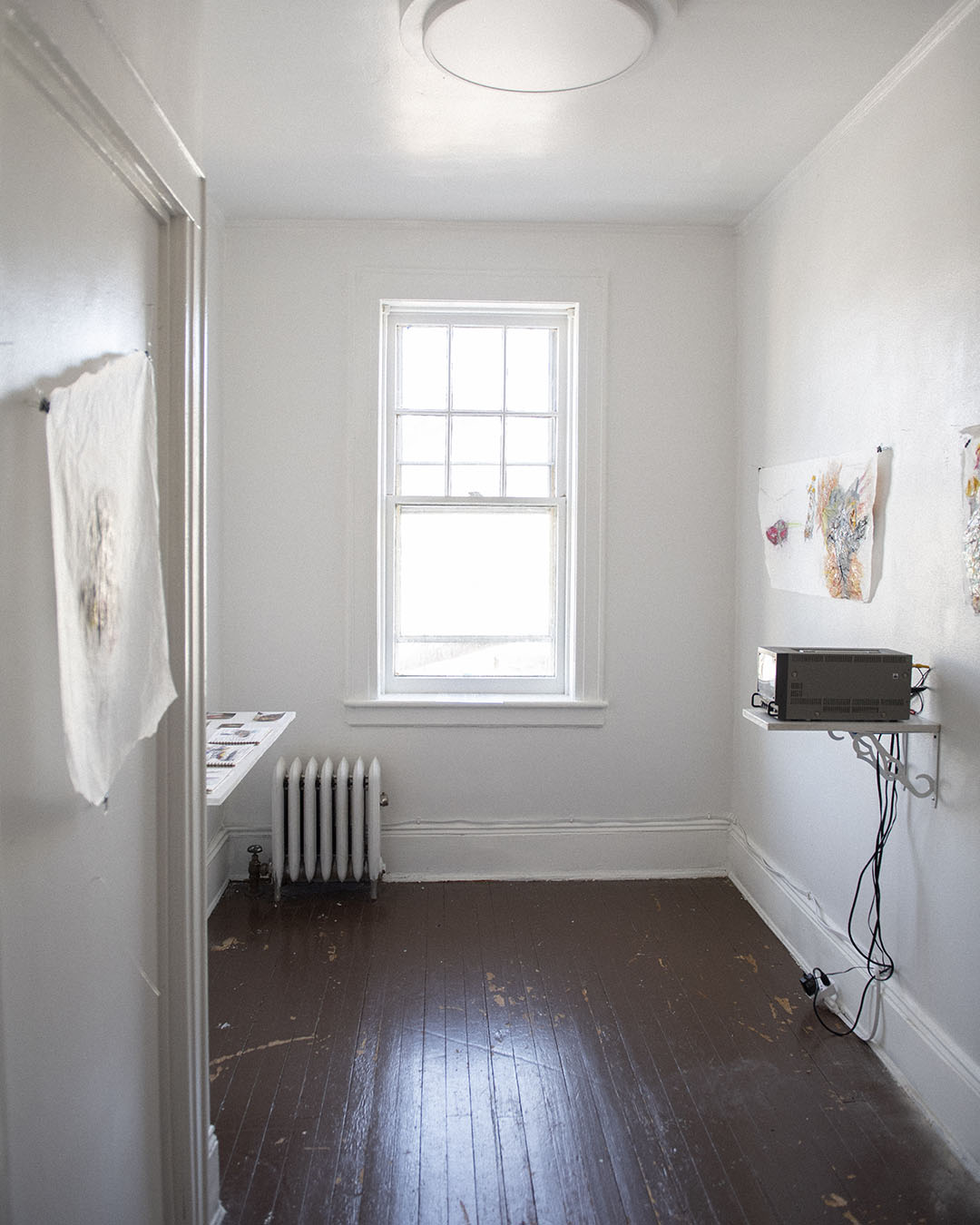
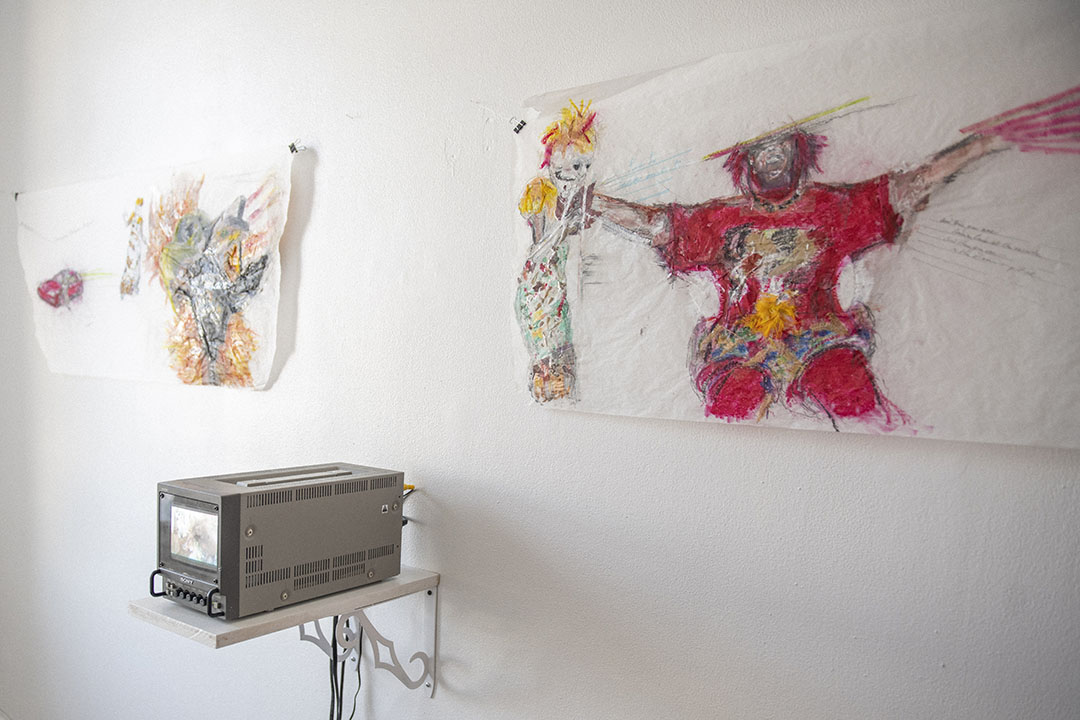
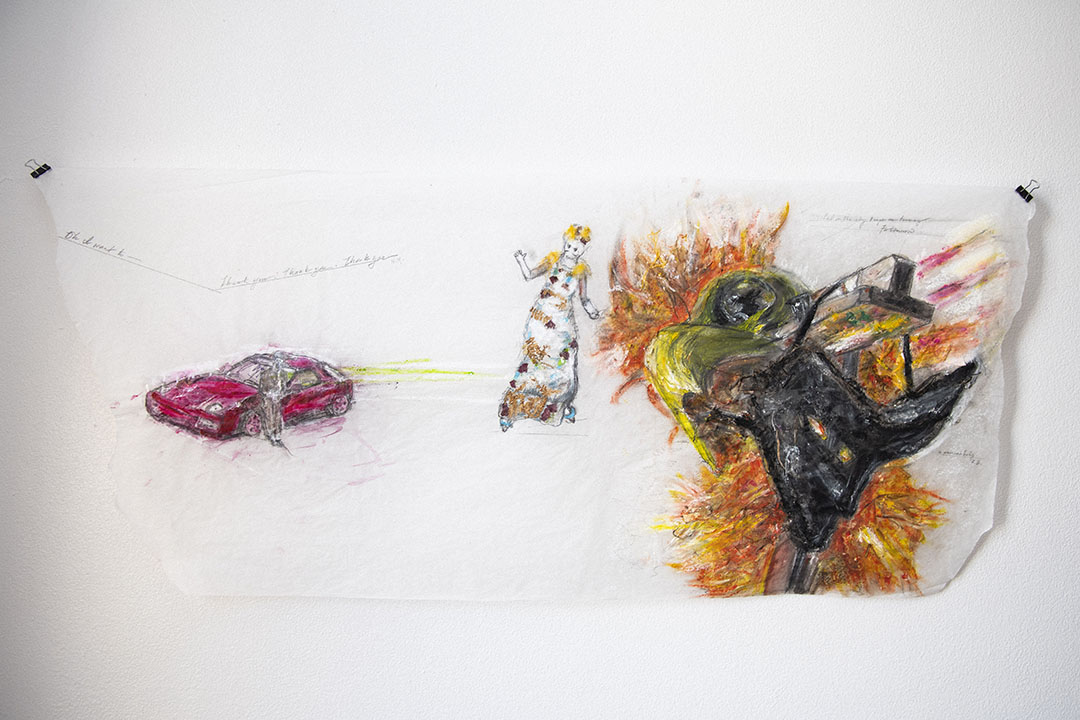
Carmelina Figure: Panel 2, 2018
Graphite, water soluble oil pastels, marker, glue, tape, leaves, grass, synthetic dyed feathers, sun dried seaweed, bird droppings, and beach sand on.
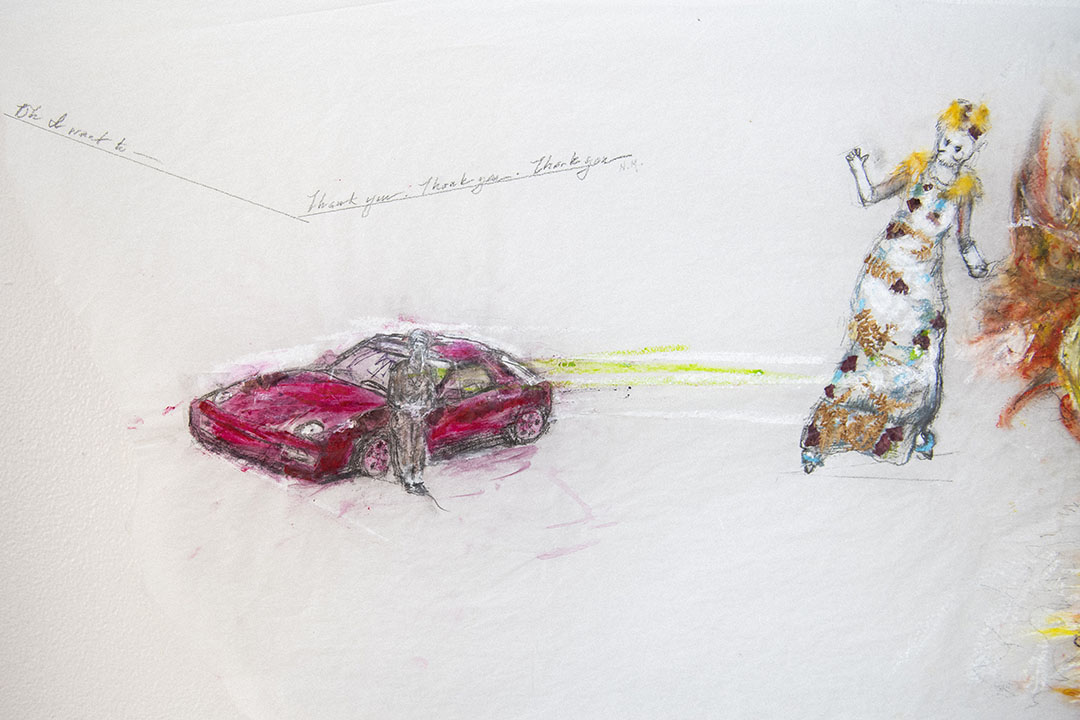
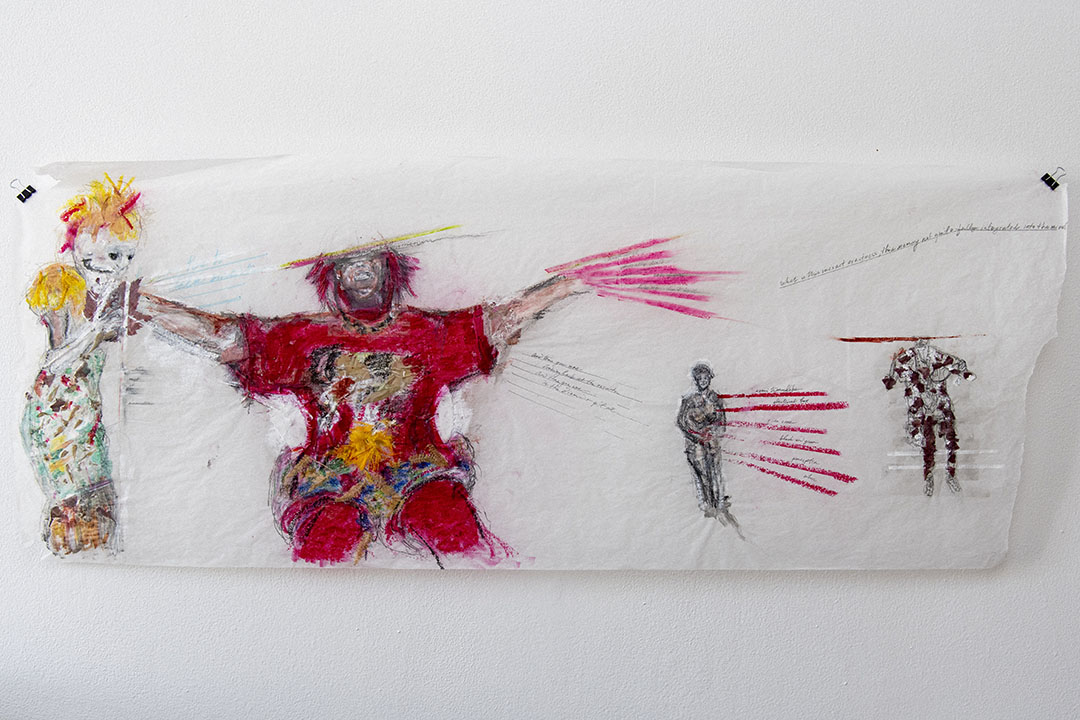
Carmelina Figure: Panel 1, 2017
Graphite, water soluble oil pastels, marker, glue, tape, leaves, grass, and synthetic dyed feathers on drawing paper.
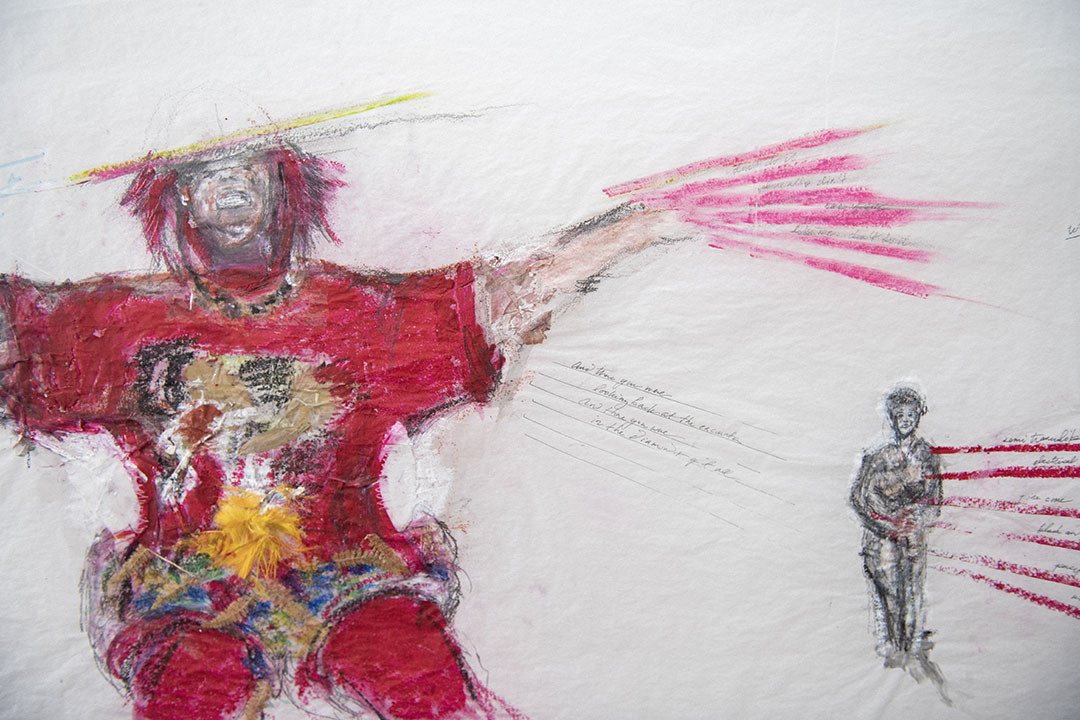
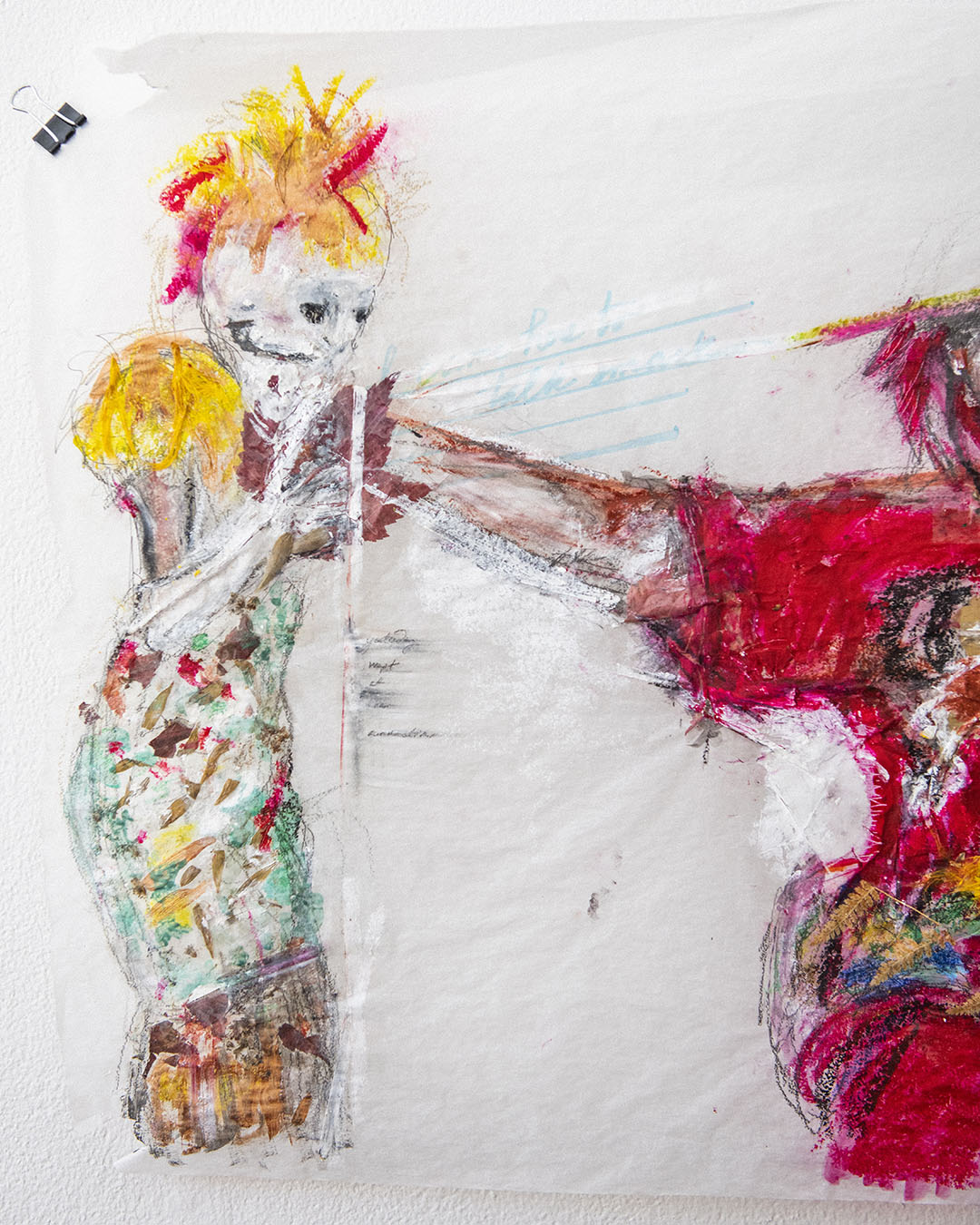
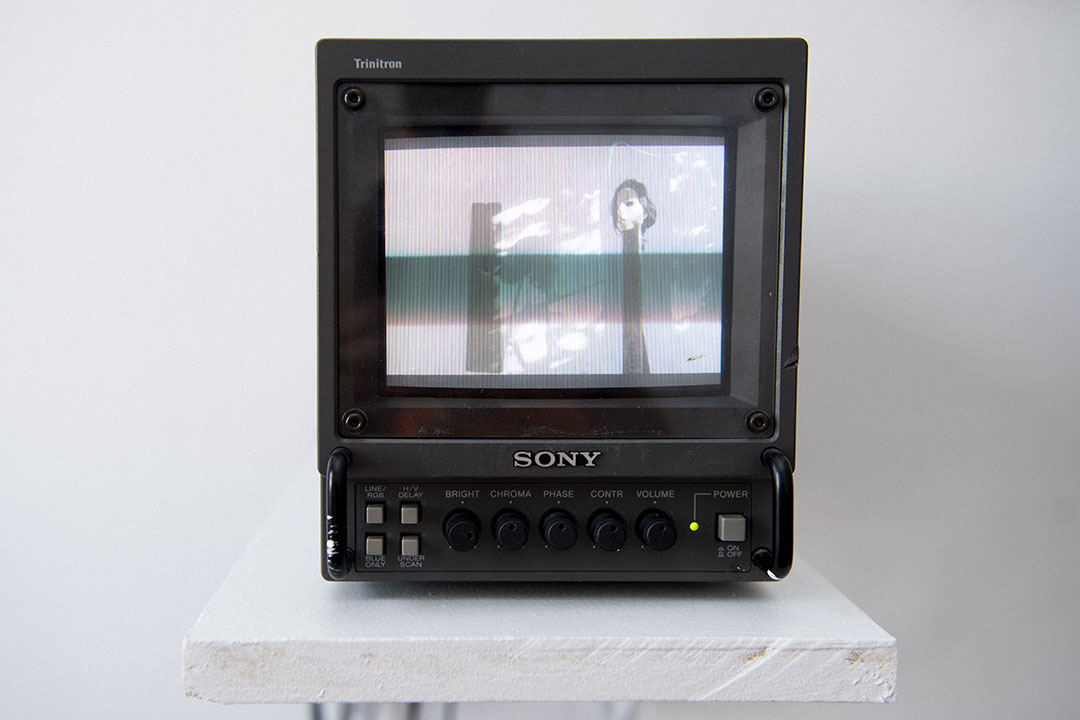
Persona, Meloody, Mask, 2020
Video, 5:00.
Lucy and Surely 2020
Video, 7:17.
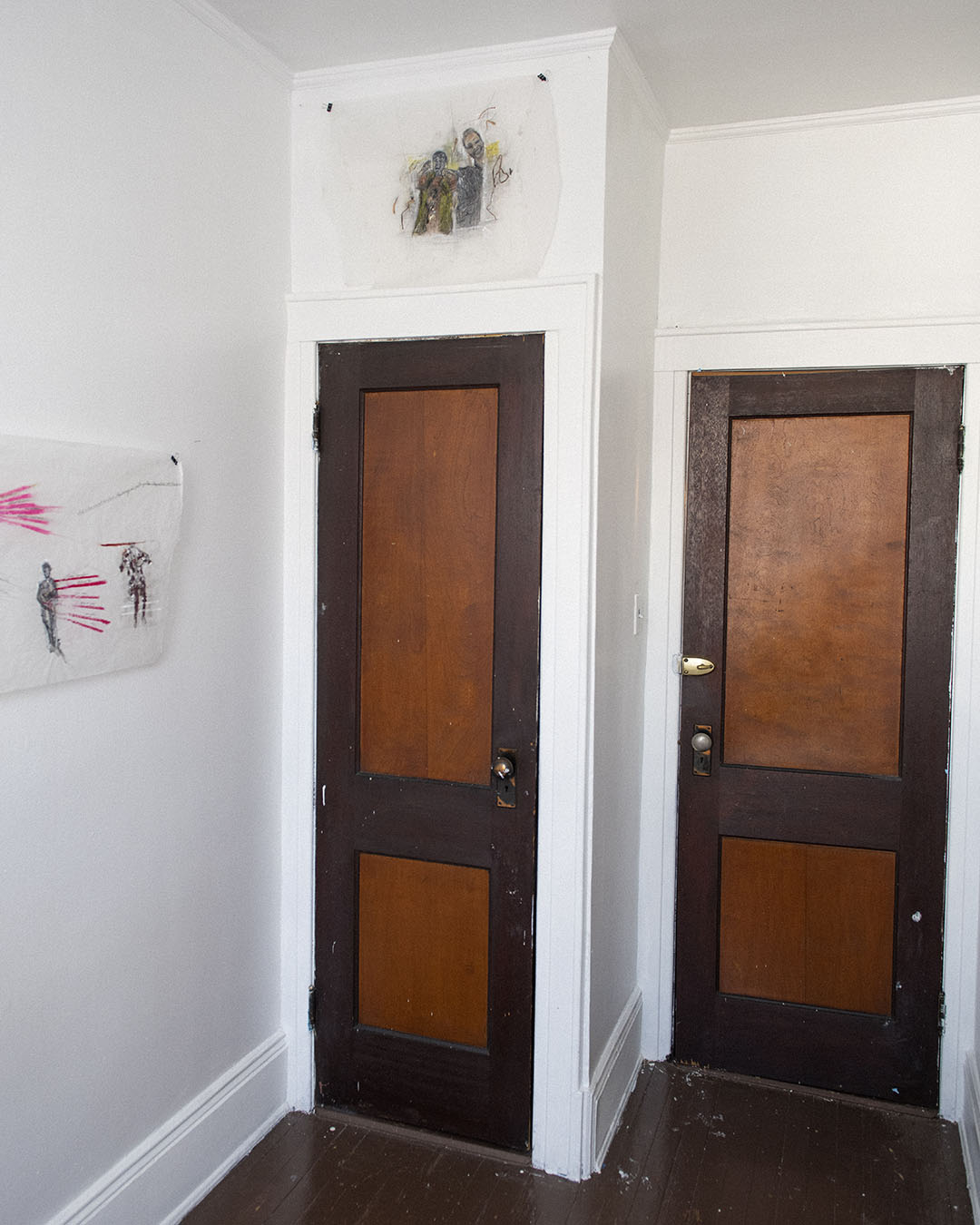
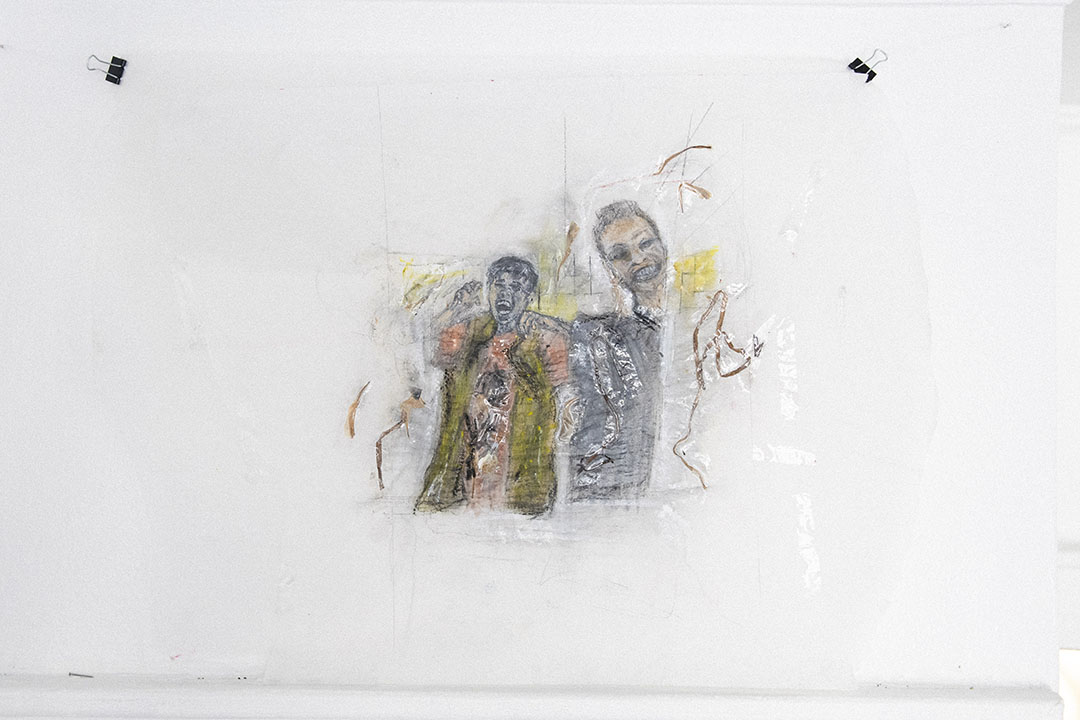
Carmelina and Ceonita, 2019
Pure graphite, water soluble oil pastels, metallic watercolors, sun dried seaweed, sand, tape, grass, and synthetic dyed feathers on drawing paper.
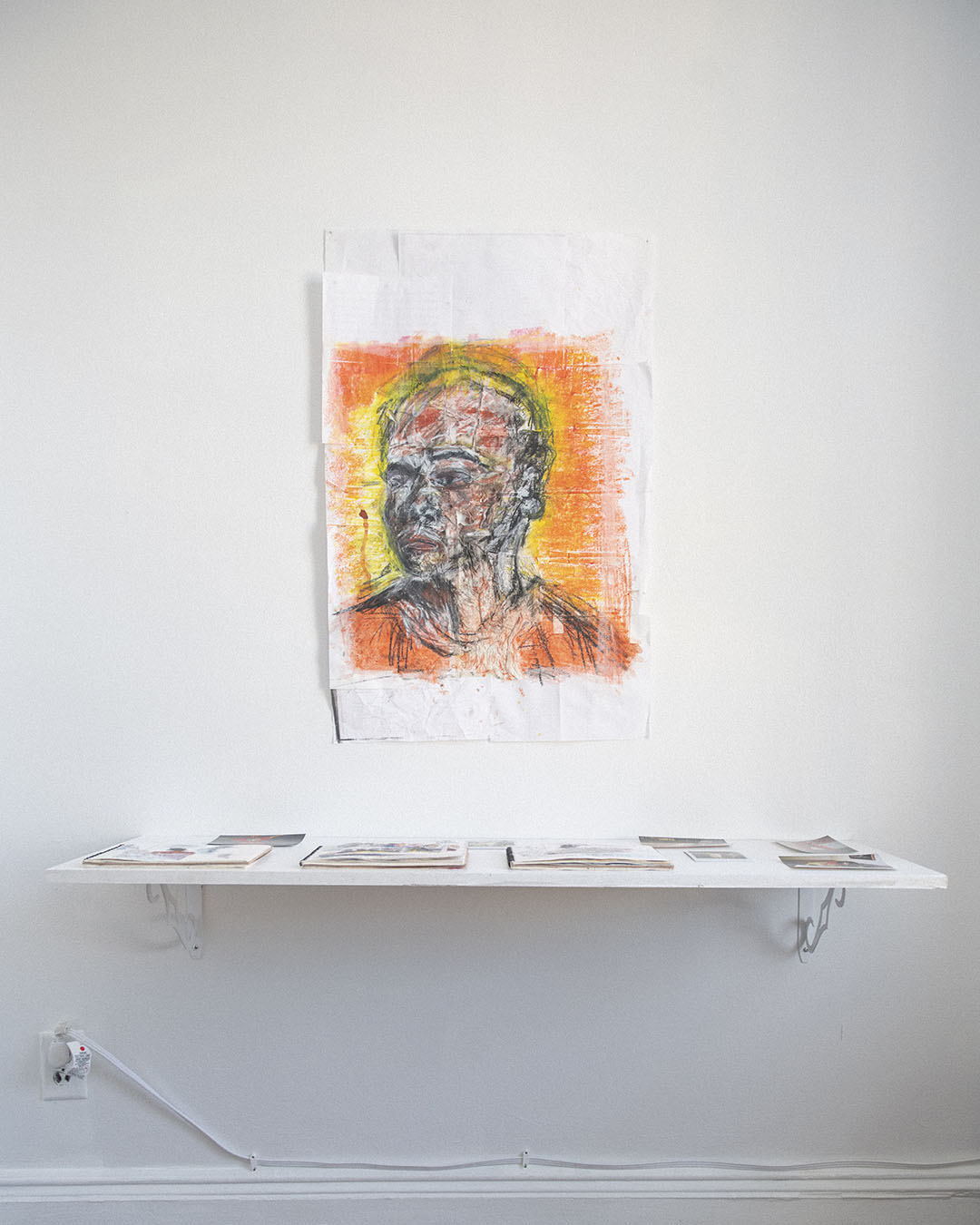
Self Portrait, 2010
Water soluble oil pastels, a paper towel, and glue on collaged, used Xerox paper.
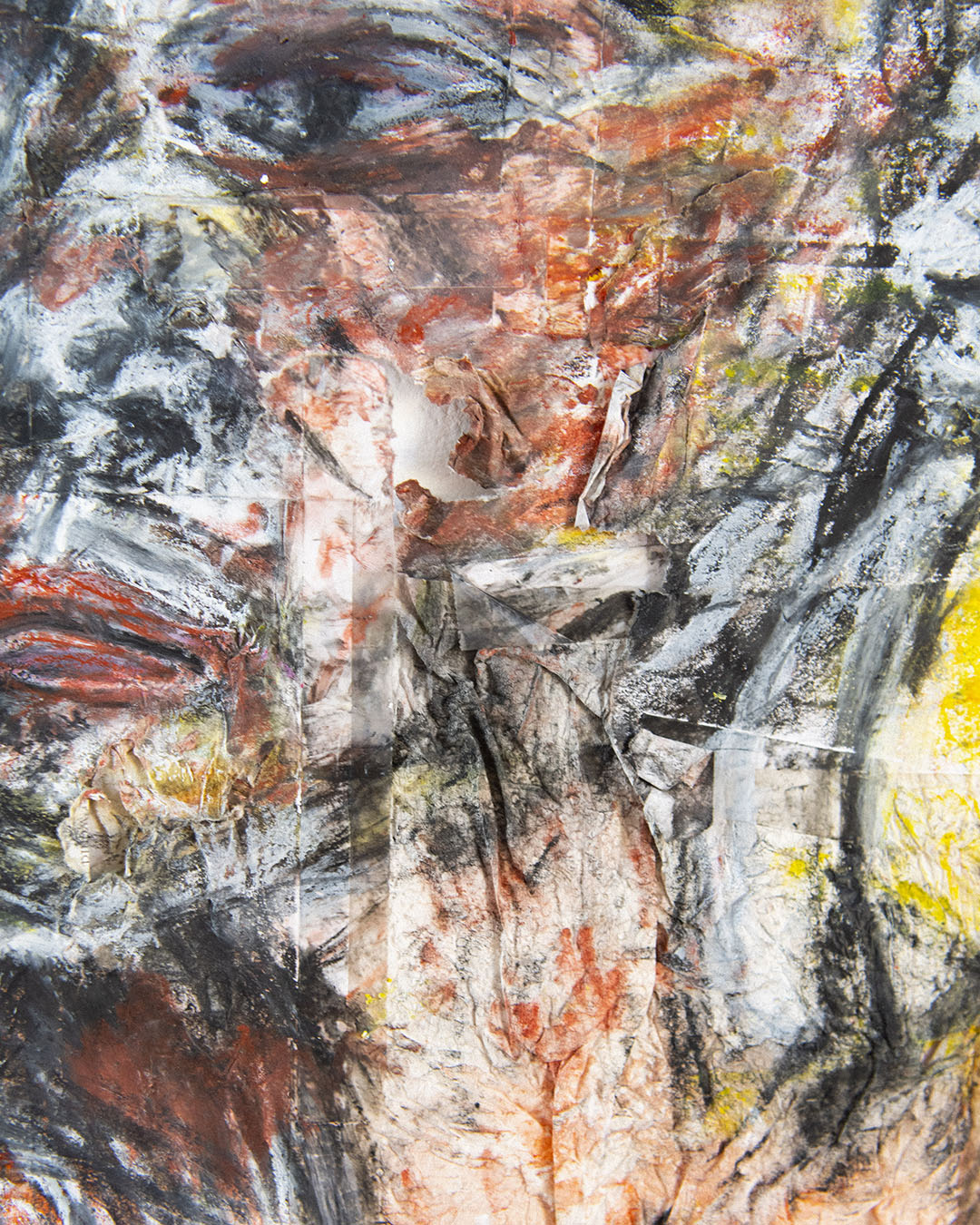

Assorted Sketchbooks and Family Photographs
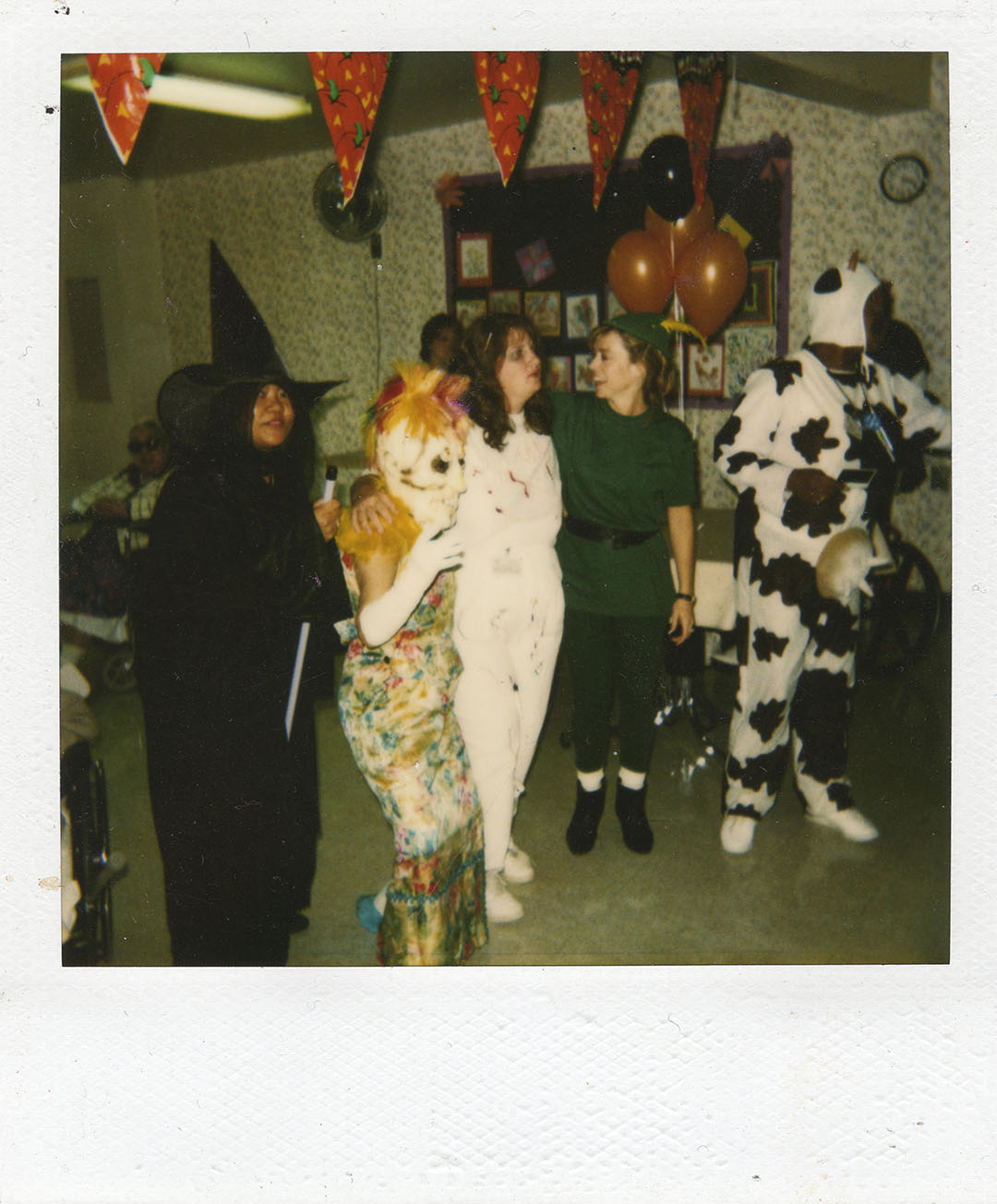
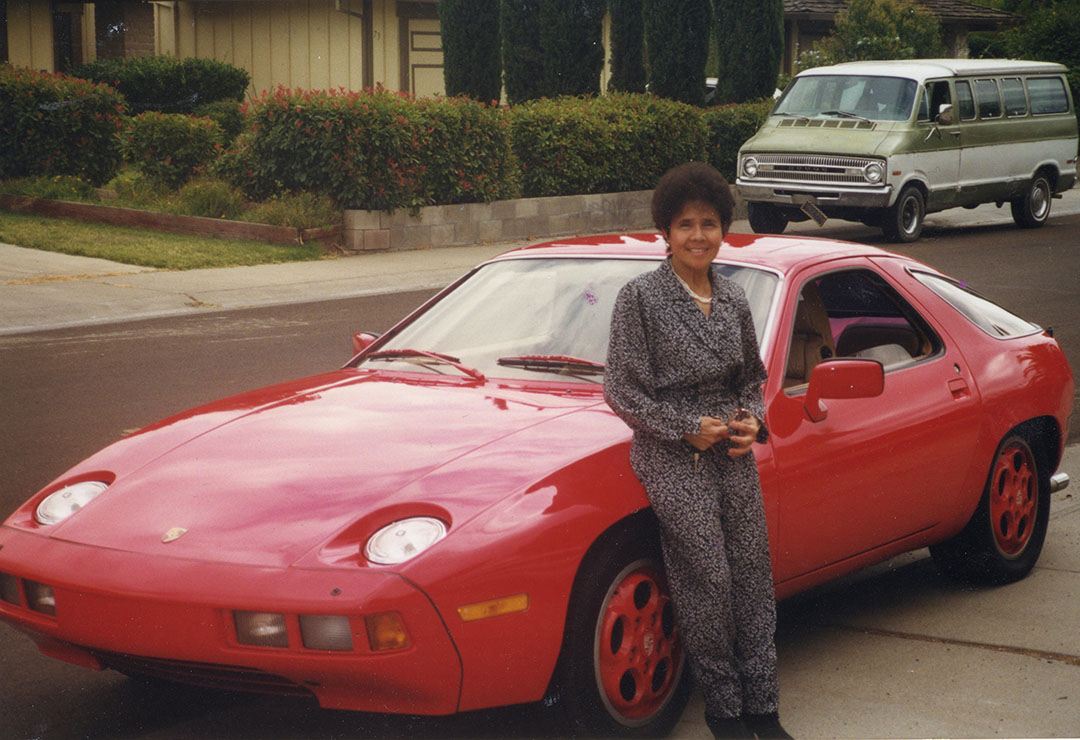
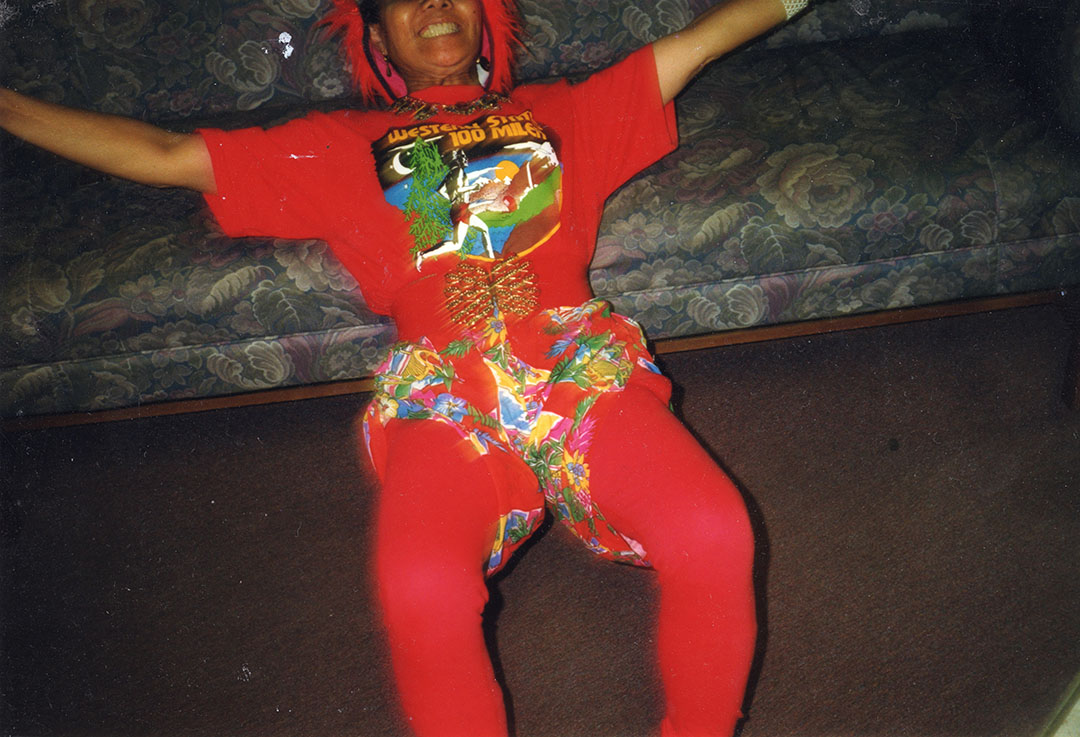
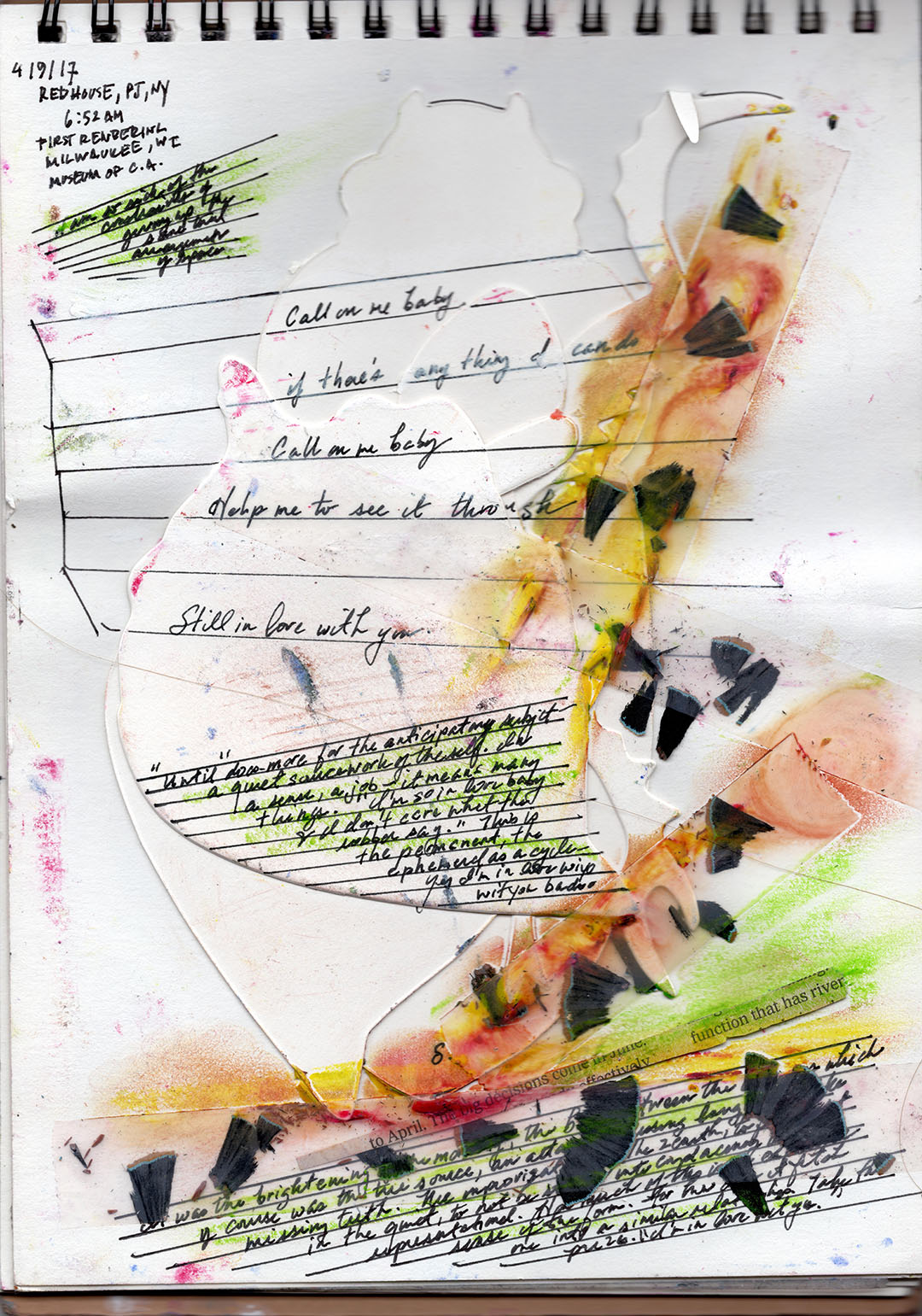
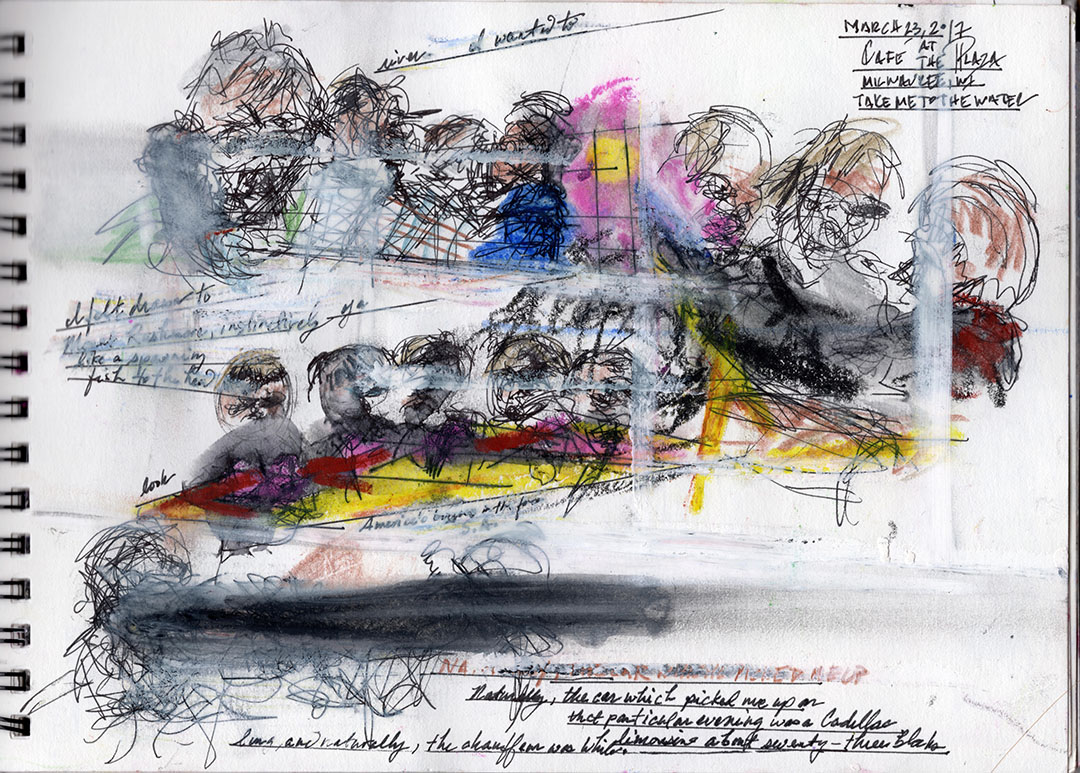

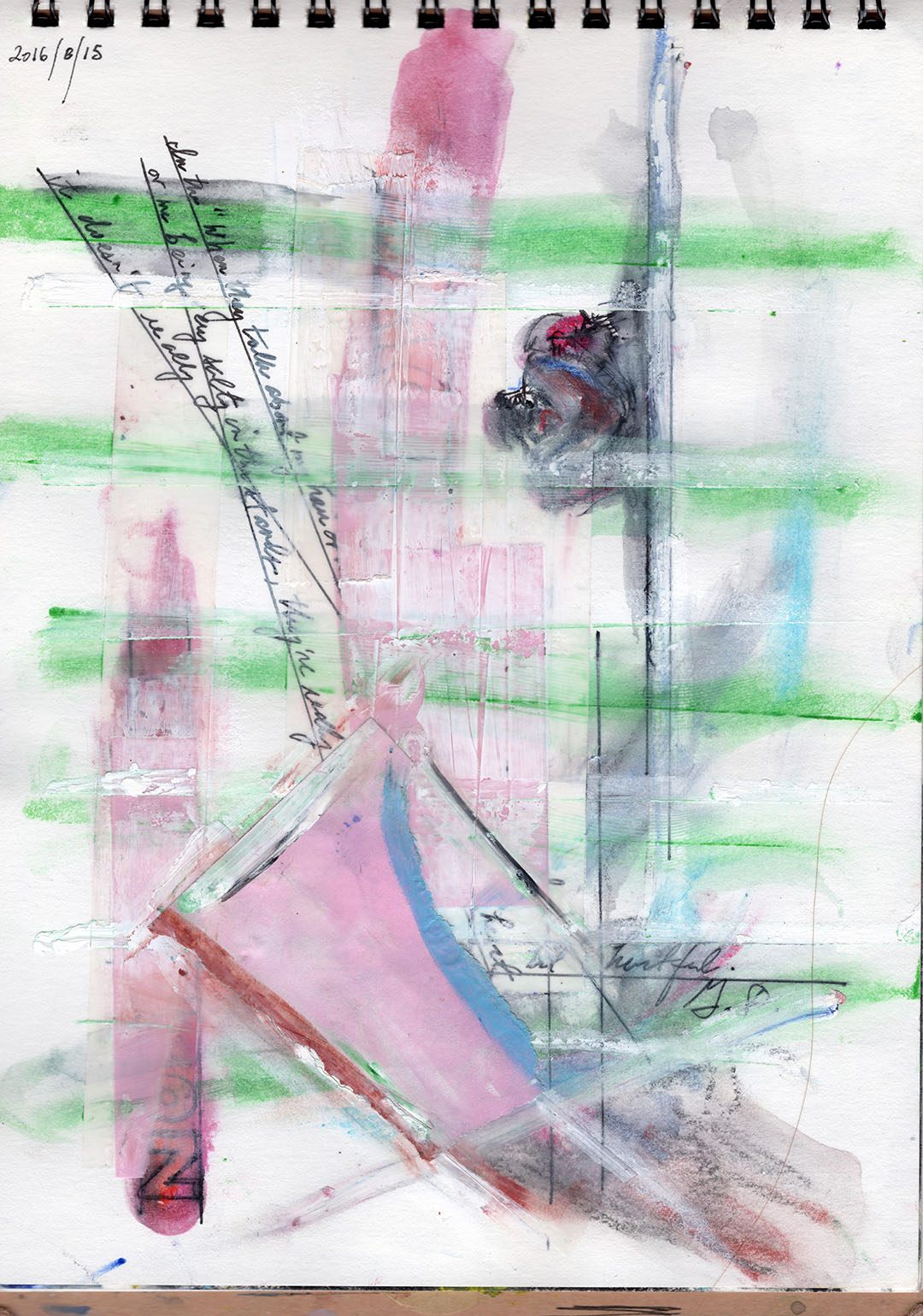
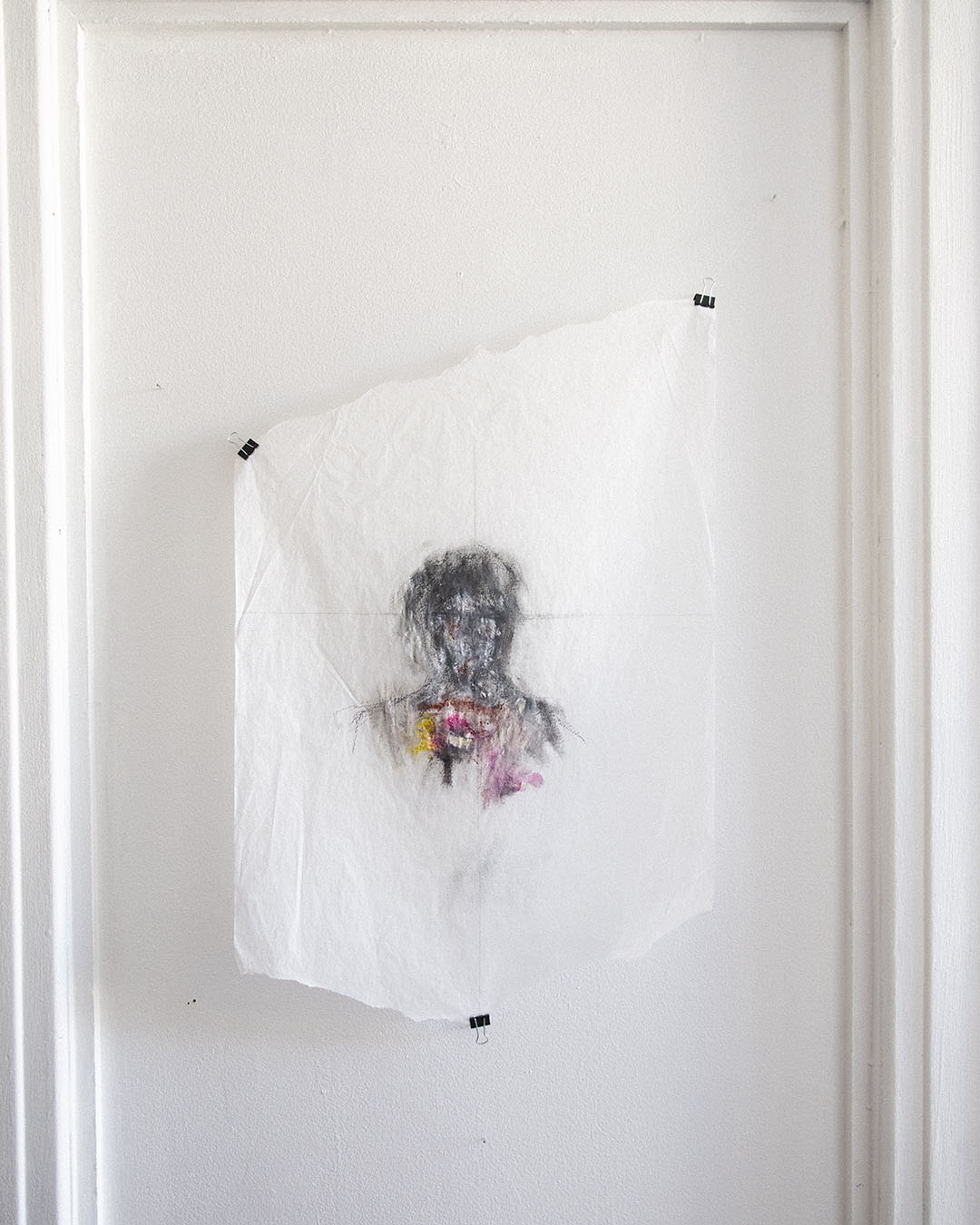
Mt. Alutom, 2019
Pure graphite, water soluble oil pastels and synthetic dyed feathers on drawing paper.
